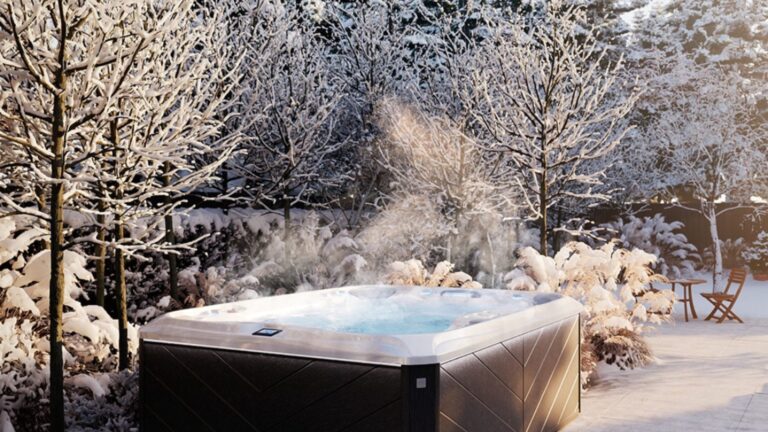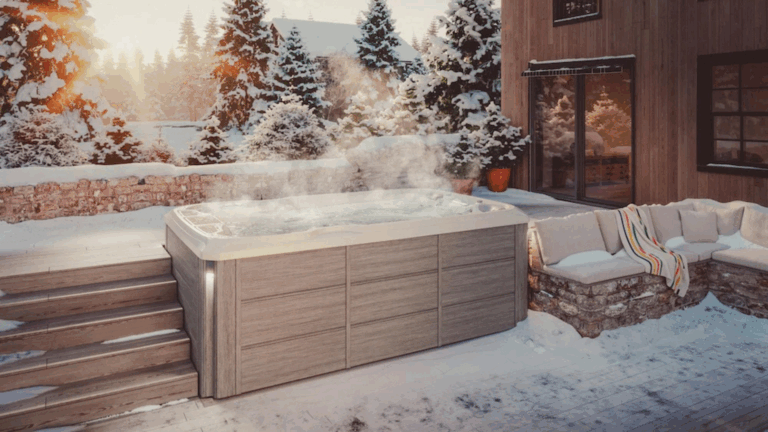Every single pool filter should have a pressure gauge on the top of it. Pressure gauges are used to tell you the pressure on your filter – this lets you know how “full” of dirt it is. If you know how to read your gauge, you will be able to know when you need to clean your filter.
What is a pressure gauge?
The pressure gauge is a simple dial that usually has a range from 0 to 60 psi (pounds per square inch) that indicates how much pressure is in your filter… In other words, how “full” it is.
What is a normal reading?
Knowing how to read the gauge is important in understanding what’s going on in your filtration system. Unfortunately there is no “normal” number to work off of, but ideally it’s the number that you record when you first install your filter and everything is running brand new. If you don’t know what the reading was at this time, record the number after you’ve given your filter a good chemical clean.
Pressure too high?
If you look at your filter pressure gauge and it’s reading is about 10 psi above your normal reading, your filter isn’t allowing water to flow through it fast enough. Most of the time a good backwash/rinse or chemical clean will take care of a high pressure reading. If the filters are old, cleaning it won’t be enough and you will probably have to replace the cartridges/sand/entire system.
Pressure too low?
Sometimes your pressure gauge can read lower than your normal reading. This means that water isn’t reaching your filter fast enough. Pressure will fluctuate but it shouldn’t stray too far from your normal level. If it’s lower than at least 5 psi, some extra attention is required. You can try checking for a blockage or a leak in the system – check the pump basket for debris and around your pump for any leaks. If all else fails, book an appointment with our service department to get a professional to come down.
What is an air release valve?
There will be a small air relief valve on your filter that works alongside the pressure gauge to maintain proper pressure. Sometimes air can build up inside your filter system. Usually this happens from low water levels but can also occur if your pool is turned off for an extended period of time. The air release valve is designed to provide an outlet for the air to escape when your turn your pump on.
Checking your pressure gauge
We’ve talked all about problems that your pressure gauge can inform you of, but sometimes you may just have a problem with the gauge itself. These gauges don’t last forever and usually cost around $20 to replace, so if you’re having some of these issues but your gauge is a little but old or damaged, try replacing that first.



